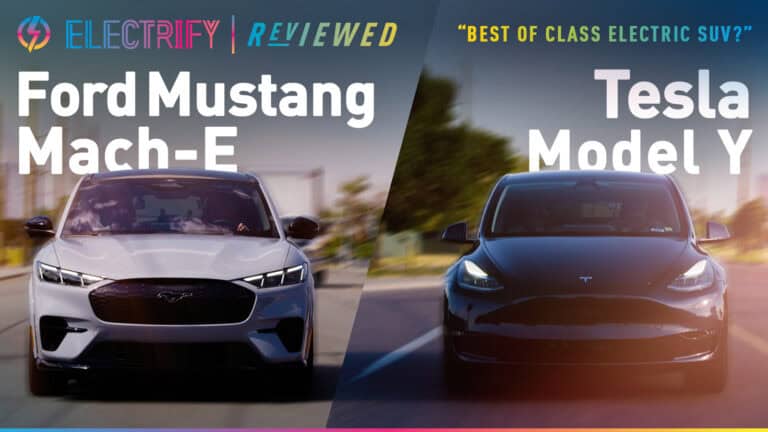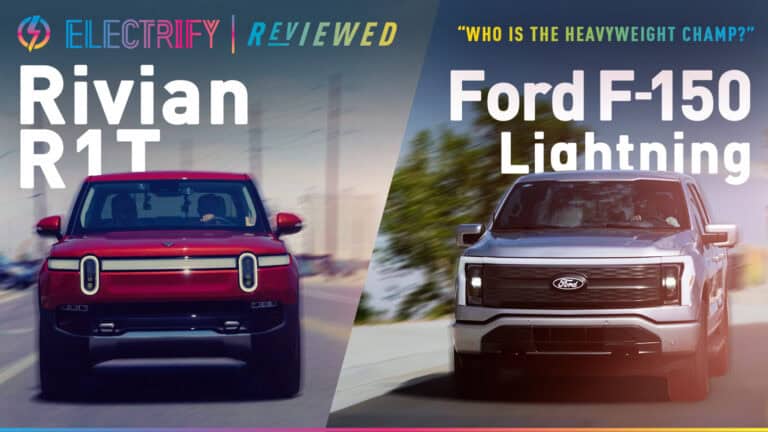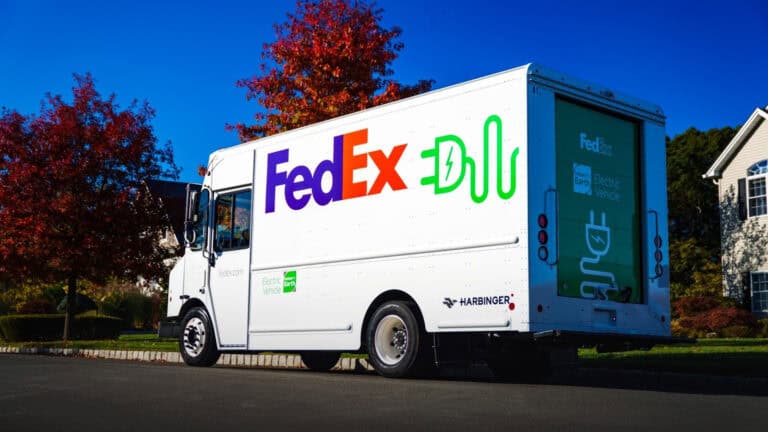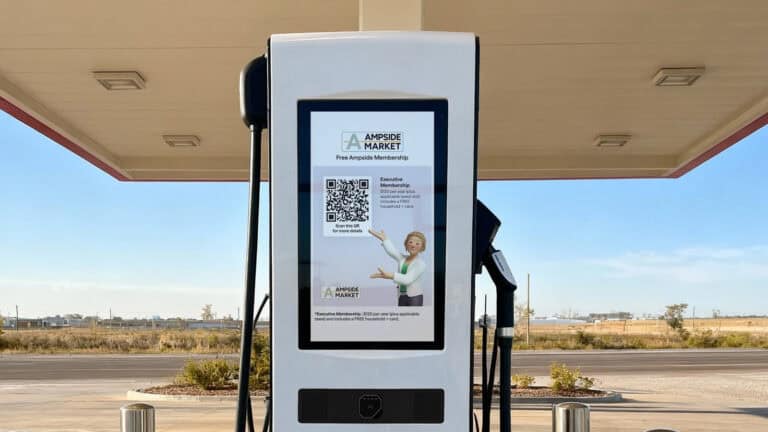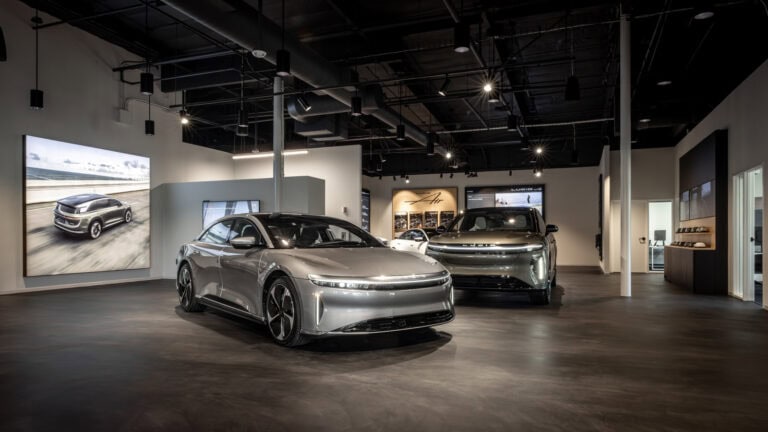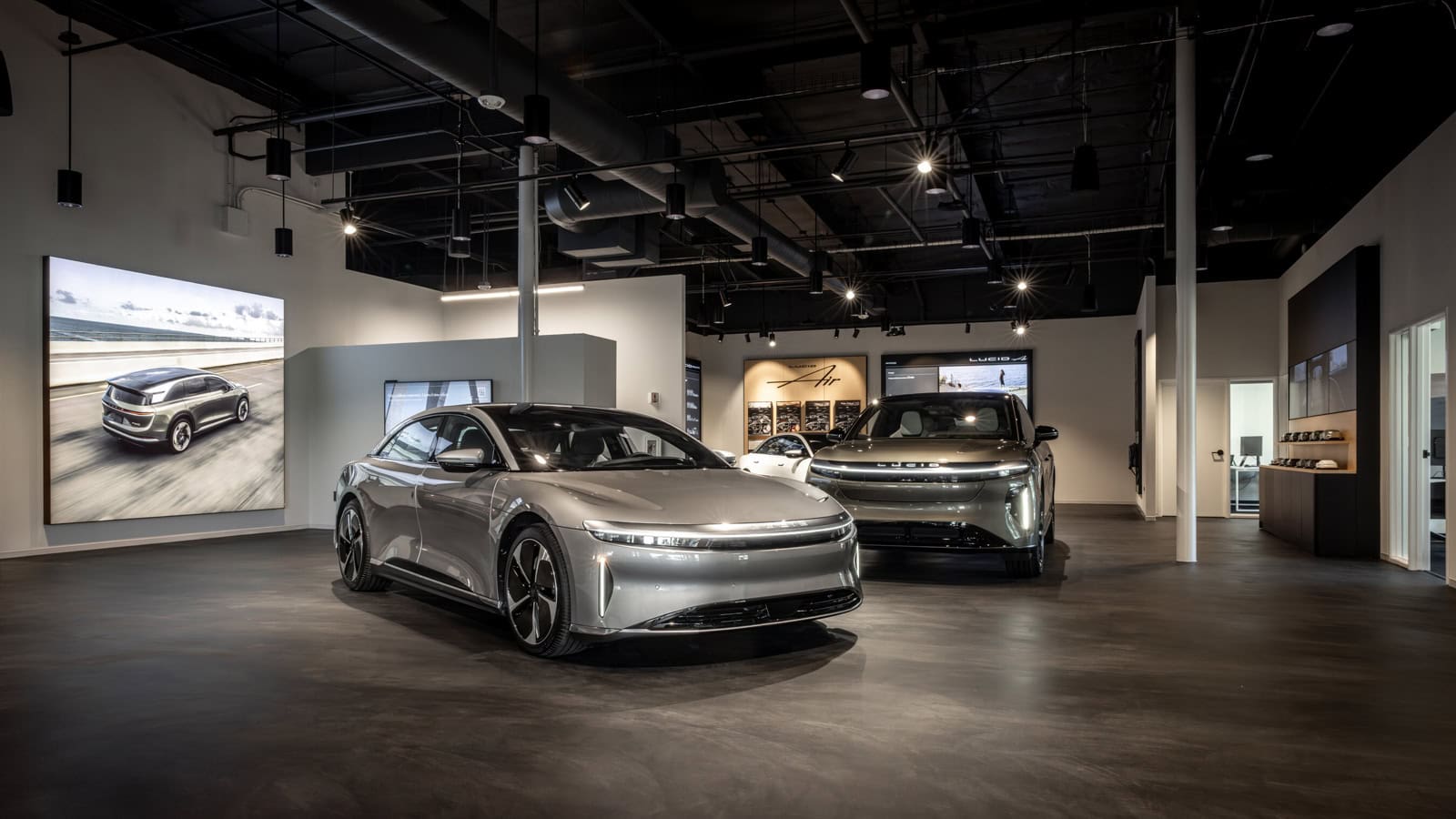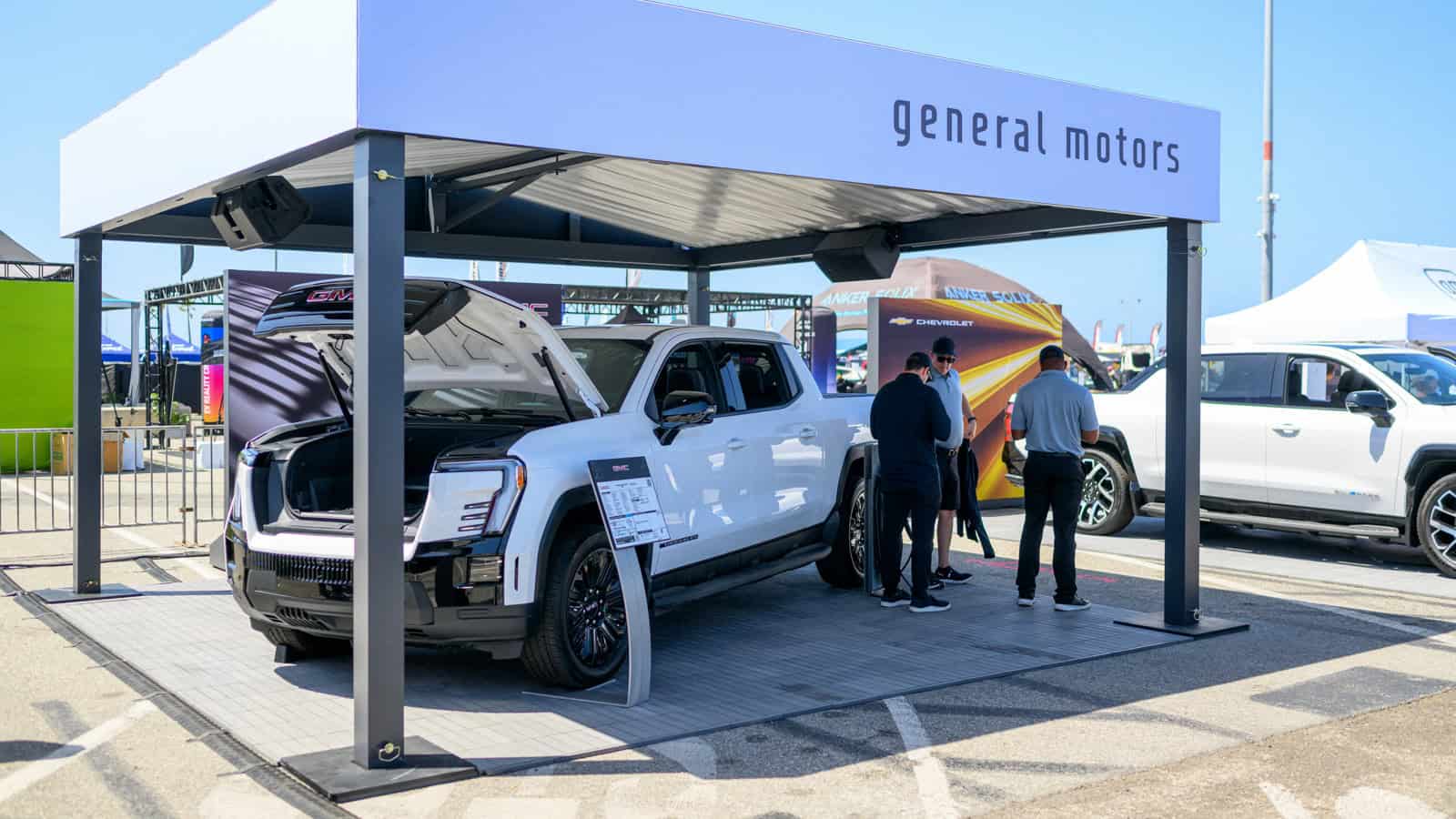- EV adoption is surging in red states. Texas and Florida rank just behind California in EV registrations without mandates or handouts.
- Annually, it costs 67% less to maintain an EV compared with a gas car
- Rollbacks on federal mandates and regulations are creating a free market for EVs, and they are thriving.
ADVERTISEMENT
Gas is over $5 a gallon in California, your truck’s oil change costs more than a family dinner, and your hard earned dollar isn’t going as far as it once did. Enter the reason why EVs are catching on with Conservatives. Texas now sits #2 in the nation for EV registrations, ranking higher than New York. Florida sits at #3, ahead of Illinois and Washington. Utah and Arizona EV adoption has more than doubled in the past three years, and even states like South Carolina and Tennessee are building out charging infrastructure faster than parts of the coasts.
If you listen to the media, you might think that blue states are driving EV growth…they’re not.
EVs are growing in popularity, regardless of political leaning, because they make practical sense…even amongst conservatives who have had their social media feeds filled with climate change propaganda for years hoping to fear monger them into an EV purchase. Lo and behold, practicality prevails.
Turns out, government propaganda actually slows EV adoption. What’s happening under the hood of America’s EV boom may just flip everything you thought you knew. Want the real facts? See the truth for yourself.
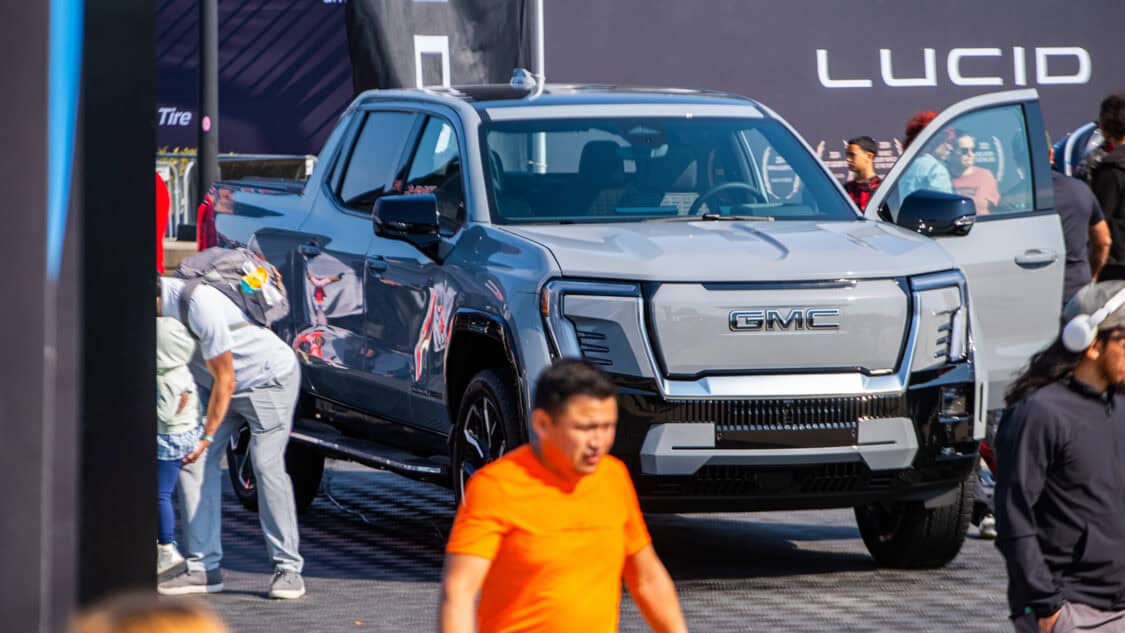
Forget the Mandates. EV Adoption Is Winning in Conservative America.
Forget what you’ve read. Electric vehicles are not growing because of coastal mandates or climate slogans. They’re gaining traction in places way beyond progressive bubbles.
Texas. California. Arizona. These are truck-first, gas-favored states with long commutes, wide-open roads, and a healthy dose of skepticism toward anything seen as government-mandated. But the reality is that drivers in these areas are switching to electric, not because they were told to, but because the math adds up. A study from the Bruning Law Firm confirms these states are performing well across multiple metrics, including EV market share, gas station density, charging infrastructure, and consumer interest.
Florida has logged over 254,000 electric vehicle registrations, with Texas close behind at roughly 230,100. What makes these figures stand out is the fact that neither state relies on generous state-funded EV rebates or purchase incentives to drive those numbers. The growth has come without much help from government handouts, just consumer demand and real-world interest.
This trend lines up with national sales data. According to Cox Automotive, EV sales in the U.S. have steadily grown over the past five years:

Even as the broader market faced headwinds, market share held steady, evidence that EV adoption isn’t slowing, it’s normalizing.
Buyers Are Crunching Numbers, Not Hugging Trees
According to Jack Conness from Forbes, “In every state, every EV is cheaper to fill up than a gas-powered vehicle, even when accounting for range differences.” From Texas to Wyoming, the savings are real… and repeatable.
EVs offer quicker acceleration, fewer repair and maintenance bills, and real-world savings at a time when gas prices are stretching family budgets.
As Recurrent noted in a recent report, “Texas has seen a surge in new charger installations, especially in the ‘Texas Triangle’ between Dallas, Houston, and San Antonio, helping to make EVs more practical for daily use.”
With more places to plug in where people actually live and work, the decision to drive electric has become more about what works day to day.
And in red states, where people don’t like being told what to drive, that practicality speaks louder than any political slogan.
ADVERTISEMENT
Gas Prices Climb, EVs Gain Ground
California drivers are staring down the barrel of $8.43 gas by the end of 2026. That forecast comes from USC Professor Michael Mische, who links the projected 75% price spike to the closure of two key refineries: Phillips 66 in Los Angeles and Valero in Benicia.
Together, they supply roughly one-fifth of the state’s gasoline. With both facilities preparing to shut down, supply tightens, prices rise, and working families pay the price.
Senate Minority Leader Brian W. Jones (R-San Diego) sounded the alarm in a press release, warning, “If the Governor doesn’t act now, Californians will be blindsided by sticker shock at the pump and skyrocketing prices on everyday goods.”
The numbers back it up. According to the most recent data from the U.S. Department of Transportation, the average American drives about 13,596 miles a year, or roughly 37 miles a day. At today’s fuel prices, that’s already costing most drivers between $2,150 and $4,650 annually. If California hits $8.43 a gallon, that number jumps to over $7,000 a year just to keep the tank full.
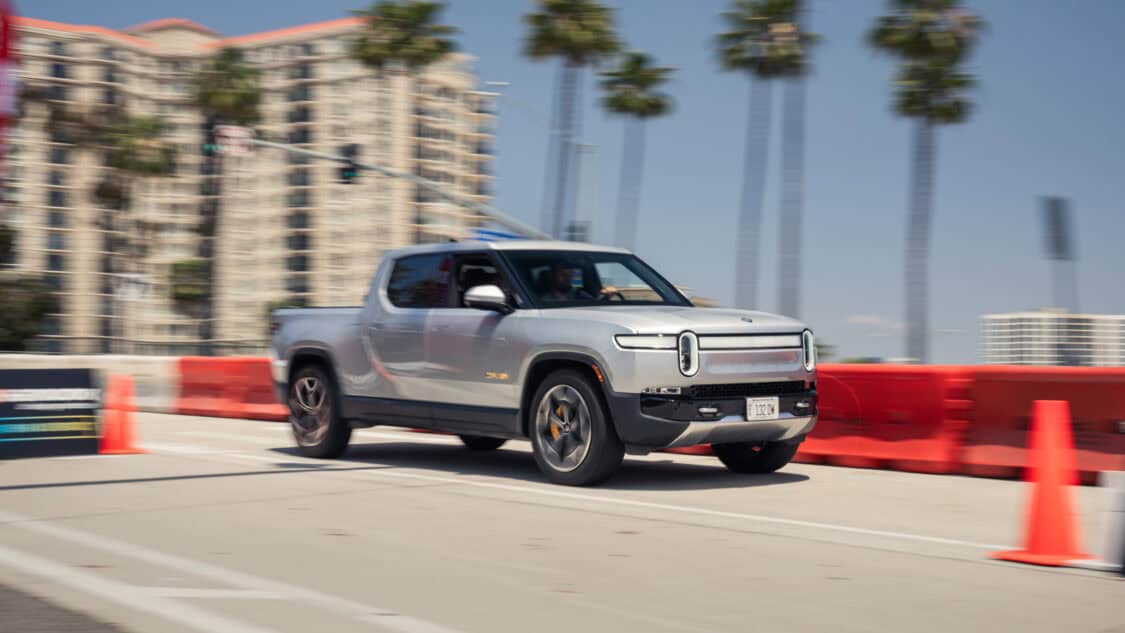
“Driving an EV is the best way to avoid endless gas pump price fluctuations,” states Forbes, “While it is important to acknowledge that electricity prices have recently increased, electricity costs remain low compared to gas prices.
And that’s assuming your truck doesn’t have a 36-gallon tank. At $8.43 per gallon, one fill-up could top $300. Now imagine doing that weekly.
$300 to fill up your truck? That’s not transportation. That’s punishment.
People are fed up with getting gouged at the gas station, and they’re not falling for it anymore. Plug in at home, skip the oil changes, dodge surprise repairs, and suddenly the math starts making a whole lot more sense. And yes, many EVs are real trucks. Modern electric trucks haul hard, ride smooth, and come with serious range, some pushing past 400 miles on a full charge. These rigs are built for work.
“Put simply: the driving patterns of most Americans mean that most of us will rarely exceed the range of today’s modern, longer-range electric vehicles,” writes Wall Street Journal tech columnist Christopher Mims. The average EV sold today has over 300 miles of range with many offering up to 500 miles of range.
ADVERTISEMENT
According to data compiled by AAA and Consumer Reports, maintenance costs for EVs are roughly 31% lower than for traditional gas vehicles. That’s largely because EVs have fewer moving parts.
AAA notes, “Electric vehicles don’t need oil changes or air-filter replacements. Maintained according to the automakers’ recommendations, electric vehicles cost $330 less than a gas-powered car.”
When gas prices feel like punishment, an EV starts looking more like a smart financial move.
“People buy based on aspirations, sometimes things that they want to do, or things they think they’re going to do, and that manifests itself with range anxiety,” says Brent Gruber, executive director of J.D. Power’s electric vehicle practice, in the WSJ piece. But the reality is, most Americans simply don’t drive far enough daily to justify that concern.

U.S. Market Still Belongs to Tesla. For Now.
Tesla remains the undisputed leader in the U.S. electric vehicle (EV) market, but its dominance is slipping. Its share dropped from 51% to 43.5% in Q1 2025, according to Kelley Blue Book. While this isn’t a collapse, it’s a sign the competition is catching up.
While Elon Musk continues to steer Tesla based on what customers actually want, legacy players like General Motors (GM) and Ford are finally putting real skin in the game. GM’s market share rose to 11%, and when you fold in its Honda and Acura partnerships, they’re sitting at a respectable 16%.
U.S. EV Market Share by Brand for Q1 2025:
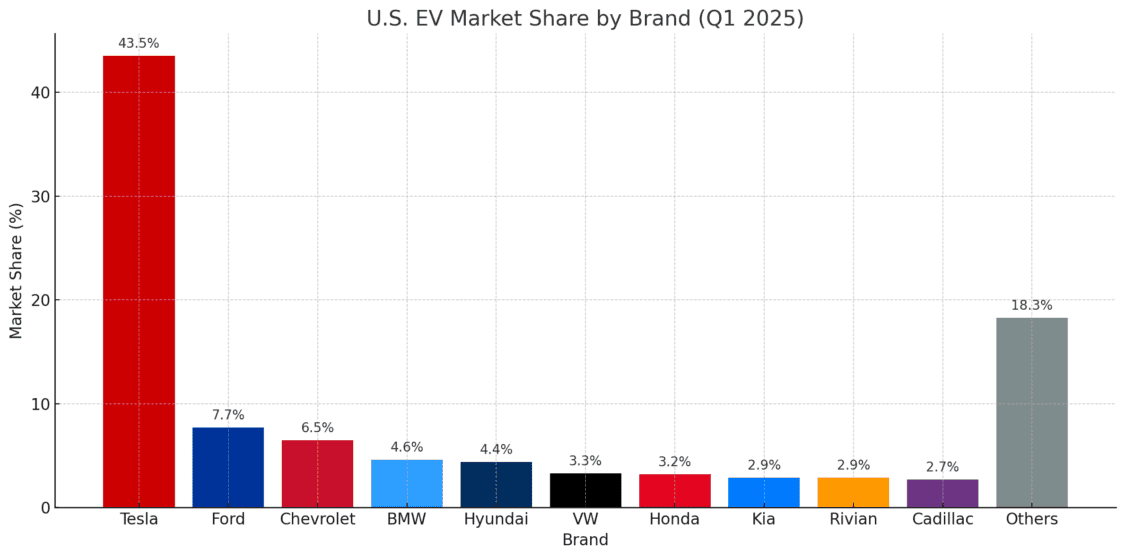
Ford follows close behind with 7.7%, riding the strength of its F-150 Lightning, a truck built for work, not just woke appeal.
“Tesla’s sales peaked in the spring of 2023 when it pushed more than 173,000 EVs onto U.S. roads,” says Stephanie Valdez Streaty of Cox Automotive. “That was then. In Q1 2025, the EV pioneer was heading back to earth.”
The free market is doing its job and competition is forcing everyone to up their game.
ADVERTISEMENT
Chinese EVs: Booming at Home, Blocked at the Border
While Tesla, GM, and Ford duke it out in America’s free market, Chinese EV makers are doing something very different. They’re flooding their domestic market with government-backed discounts and production quotas. Companies like BYD, NIO, and XPeng are seeing huge growth but only at home and in weaker international markets.
BYD sold a huge 382,476 vehicles in May 2025, which is more than triple what Tesla sold worldwide during the same period. But those numbers are fueled by slashing prices up to 34%, artificially juicing sales numbers and squeezing profit margins.
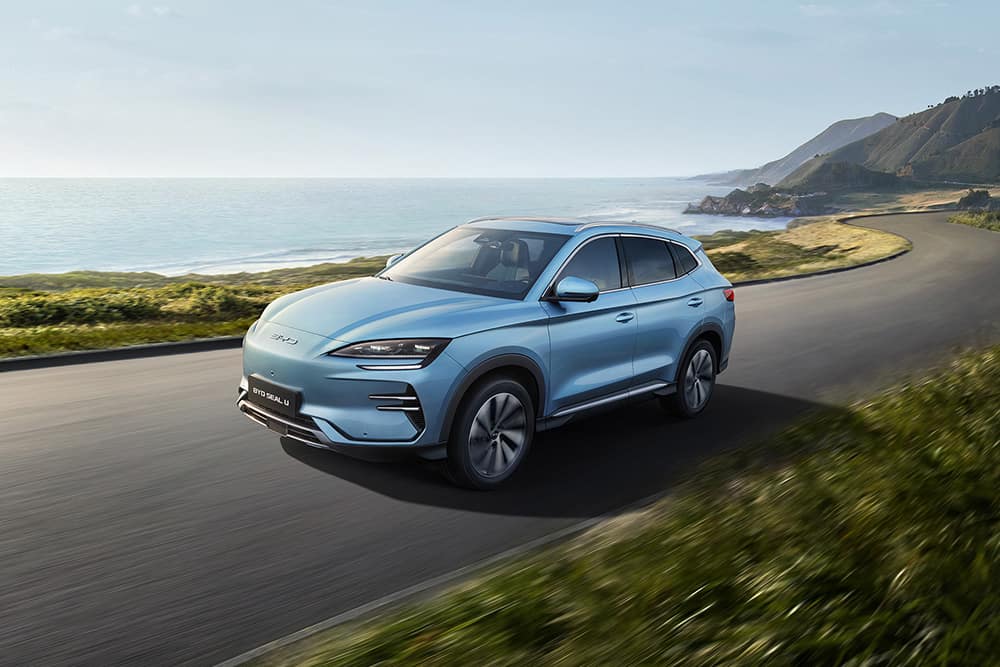
“BYD’s massive EV discounts, officially only through June 30, reportedly come amid rising dealer inventories,” writes Ed Carson at Investor’s Business Daily. That’s a polite way of saying that they’re sitting on too many cars and trying to unload them fast.
XPeng and NIO also reported massive year-over-year increases. But none of them have cracked the U.S. market, and that’s not by accident.
“The tariffs don’t directly affect China EV makers, which are shut out from the U.S.,” Carson continues, “but a weaker domestic economy would hurt demand.”
Tariffs and good old-fashioned American skepticism are doing exactly what they’re supposed to: keeping China’s price-dumped EVs out.
ADVERTISEMENT
Red, White, and You
Elon Musk made it clear during Tesla’s Q1 2025 earnings call, “We’re focused on bringing new models to market at the lowest possible price. For most buyers, the monthly payment is the biggest factor in choosing a vehicle.”
No ESG lectures. No quotas. Just build something people want, and they’ll buy it. That’s why Tesla still leads, even as legacy automakers catch up and China tries to price-dump their way to the top.

Common Sense Is Driving the EV Boom. Not Politics.
So we’re now at a time where electric vehicles are no longer a boutique experiment pushed by bureaucrats in blue states. They’re being adopted in red states not because someone in Washington said so, but because they work. They save money. They require less maintenance. And they offer the kind of torque and performance that speaks louder than slogans ever could.
Florida. Texas. Arizona. Wyoming. These aren’t states waiting for marching orders. They’re places where people make decisions based on facts, not fads, and the facts point to EVs being a smart play for hardworking Americans who are tired of $100+ fill-ups and surprise repair bills.
Tesla didn’t corner the market because of mandates. It did so by building vehicles people actually want to drive. Meanwhile, companies like GM and Ford are finally stepping up, while China’s EV giants are sitting out on the sidelines, blocked by tariffs and good old-fashioned American skepticism.
Forget the green slogans. This is about common sense. More cash in your pocket, a truck that pulls its weight, and no lectures every time you fill up.
So the next time someone claims EVs are just a liberal fantasy, show them the facts. Because the future of driving is happening in places where freedom matters, budgets matter, and performance matters. In other words… your own backyard.
ADVERTISEMENT

SOURCES | IMAGES: BRUNING LAW FIRM, KELLEY BLUE BOOK, COX AUTOMOTIVE, FORBES, RECURRENT MOTORS, U.S. DEPARTMENT OF TRANSPORTATION, MICHAEL MISCHE, CALIFORNIA STATE SENATE, WALL STREET JOURNAL, AAA, CONSUMER REPORTS, INVESTOR’S BUSINESS DAILY | ELECTRIFY EXPO
FTC: We use income-earning auto affiliate links. Learn more.



